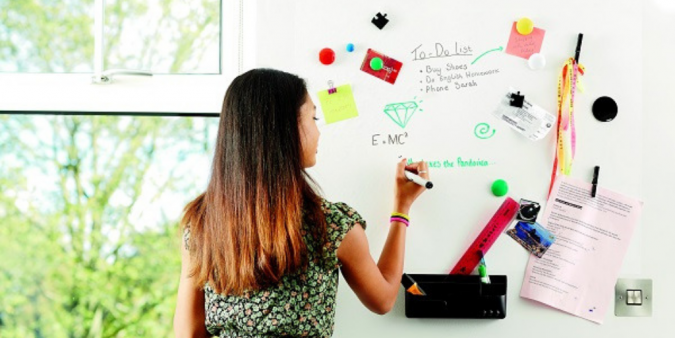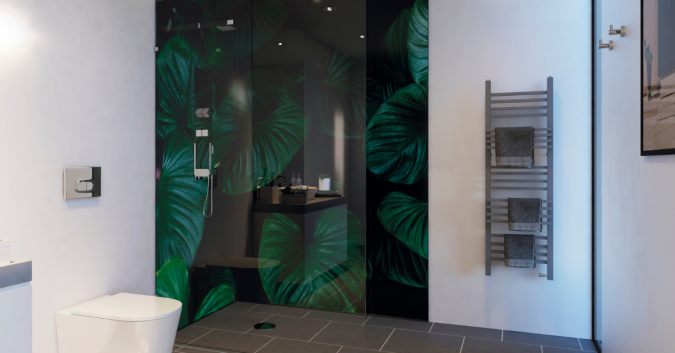How to design a comfortable office for visual comfort
Visual comfort in buildings is important for the well-being and productivity of occupants. If you’re looking to make a home office design statement your choice of fabrics, materials and positioning for solar gain play a crucial part.
1/ Let there be light
The availability of natural light is a huge factor in creating a space that delivers visual comfort.
Light has a direct effect on the regulation of various biological functions, such as mood and alertness. Light varies constantly – depending on the geographical location, the season and time of day – so ensuring a continuous quality of light to provide optimal visual comfort is a sophisticated design challenge.
Building design and choice of materials and equipment obviously play a decisive role. Achieving a successful balance of artificial and natural light can be challenging.
The solutions can be the construction of sun-oriented buildings or the use of technology like electrochromic glazing, letting the natural light entering the space as and when you like.
When the power is switched off, the glass has a naturally opaque appearance, blocking vision (total privacy), yet permitting light to pass through (translucent). A great way to divide rooms or provide privacy in your home office.
Other solutions such as transparent products, like glass, films or architectural membranes which allow access to daylight and views through windows, doors and partitions, or opaque interior products, such as wall coverings, ceiling or flooring products, which can contribute to the distribution of daylight and to the aesthetics of the space can help with the visual comfort.

2/ Get creative with magnetic plaster
When it comes to your home office design you want to stay organised and introducing a ThistlePro Magnetic wall to your home office is an easy way to create an interactive noticeboard. A full-size magnetic wall can transform your home office to provide a creative space which will inspire and motivate you during your working day. A magnetic wall can be used for brainstorming ideas, organising to-do lists or even to display training certificates and other achievements – it’s a great way to stay on top of work and have one go-to wall for inspiration and organisation.
ThistlePro Magnetic is a skim finish plaster which is installed in the same way as standard plaster.
The special additives in ThistlePro Magnetic attract magnets – so by simply adding magnets, objects such as pictures, posters and photographs can be easily attached to the wall, allowing the decoration in any room to be changed in an instant. It dries to a grey colour, which can either be left as is or finished with emulsion or specialist paints such as chalkboard or whiteboard paint or even covered with wallpaper, without losing the ability to attract magnets.

3/ Off-the-wall inspiration
Look good, feel good – the expression extends to our home. Who says a home office needs to resemble a typical office space? Ditch the white walls and think outside the box. If you’re seeking home office design inspiration, look no further than IDS panelling solutions for a feature wall in your home design.
The IDS Showerwall range features 84 designs to choose from, made from acrylic sheets. Don’t be fooled by their brand name – their solutions aren’t just for showers and bathrooms. The Showerwall range extends further and you could kit out your home office in flamboyant flamingo, oriental, vintage birds and botanical patterns. You could even create your own bespoke design. The easy-to-install, lightweight panels resemble patterned wallpaper with a polished glass-like finish offering a choice of matt, gloss and textured looks.

4/ Maximise space
When designing a house it’s important to utilise the space in the best way and avoid wasted areas. One of the most under-utilised areas in a home is underneath the stairs. Traditionally used as somewhere to place a hall table, or one big cupboard - it could be so much more. With a little imagination, this wasted space can be turned into a cosy, comfortable home office.
The use of sliding or pocket doors can help to free up the circulation space in a room, but also allow for more wall space to be utilised for furniture or storage. Sliding doors can also be used as room dividers transforming smaller rooms into more spacious, larger rooms when required.
Gather ideas for maximising space in your self-build design and consider how you’d imagine using the space and think about future-proofing your home in our blog here.


